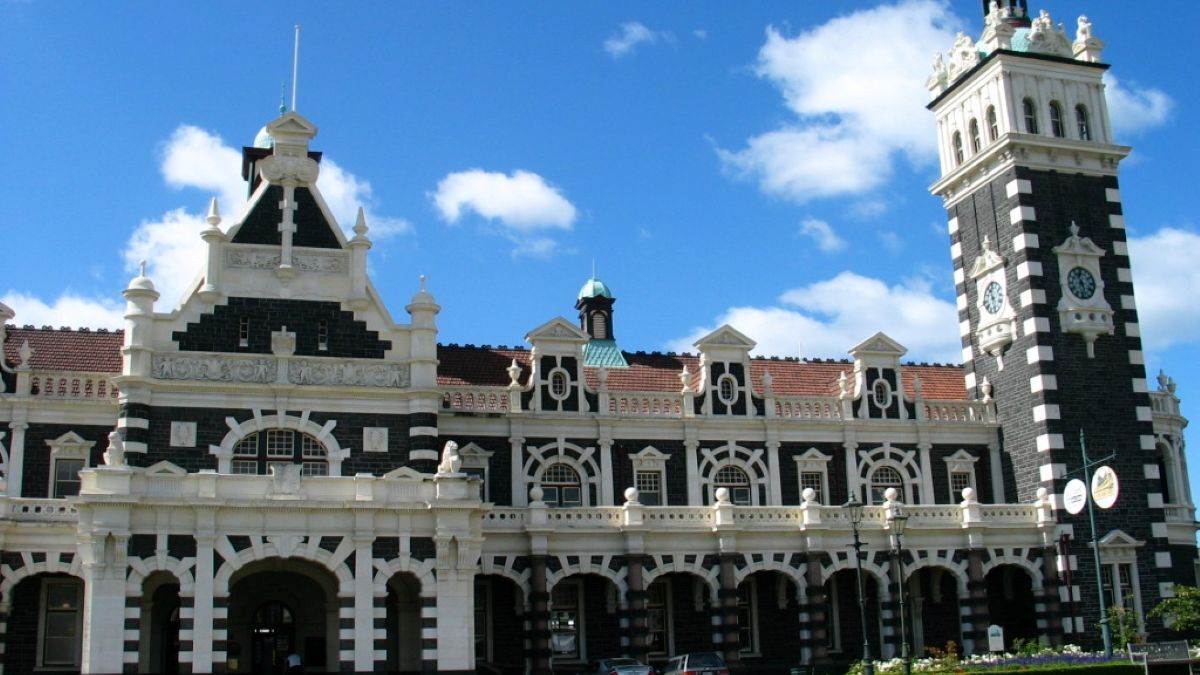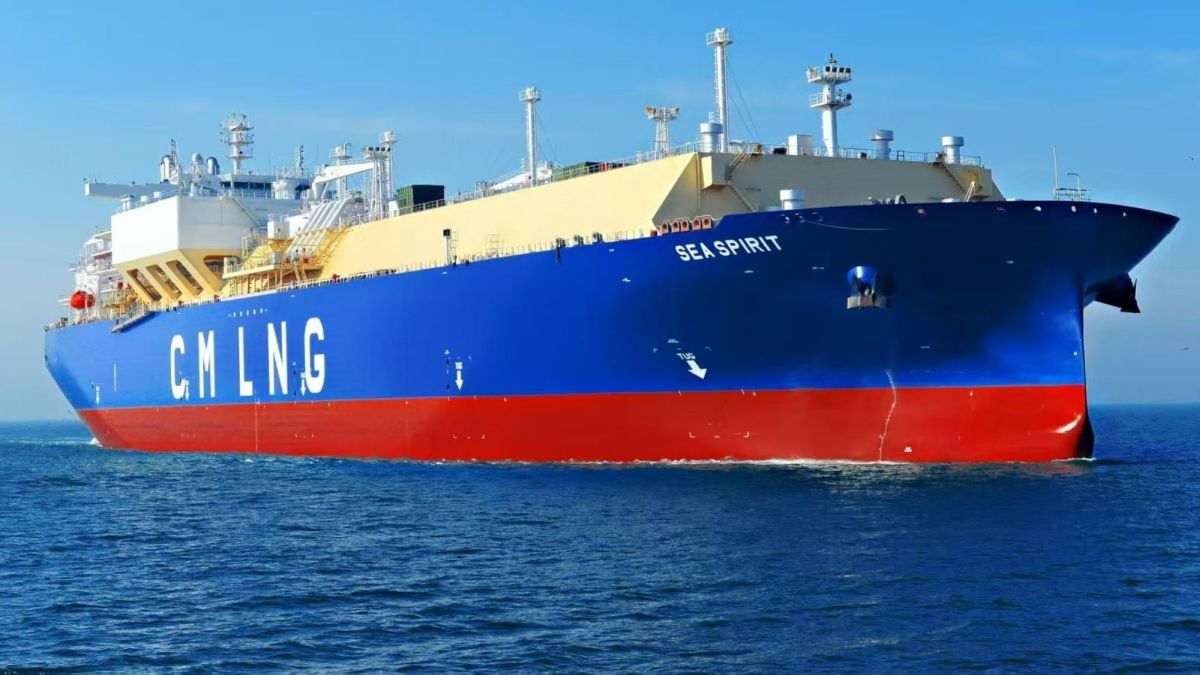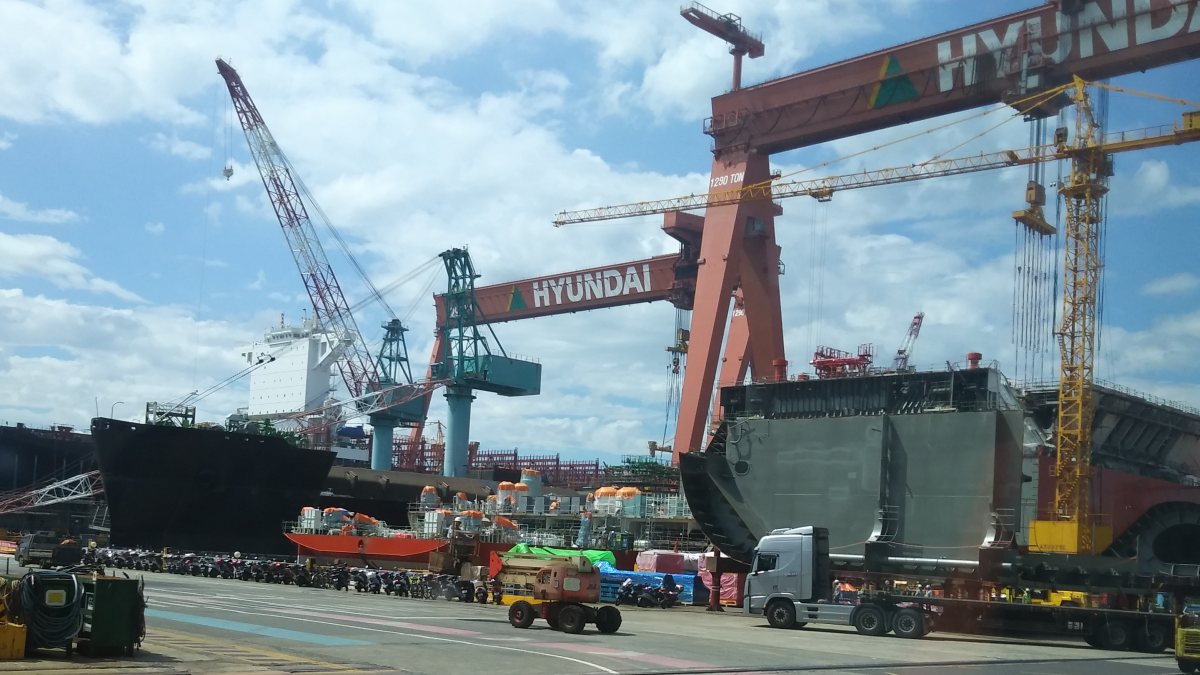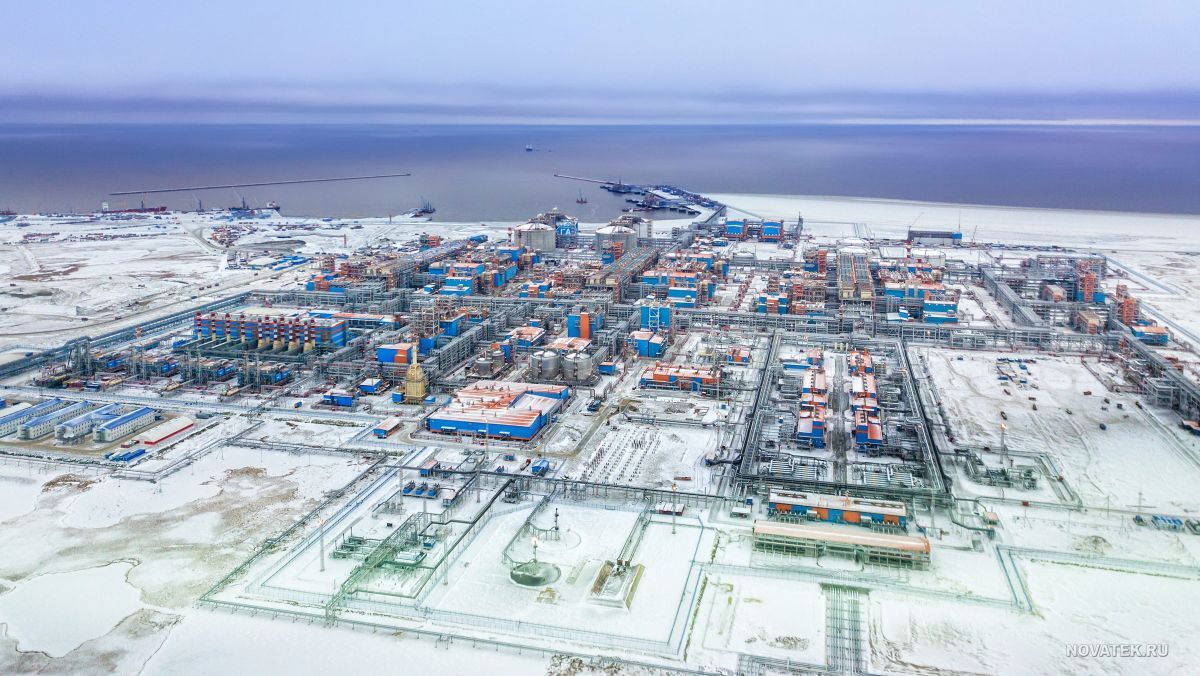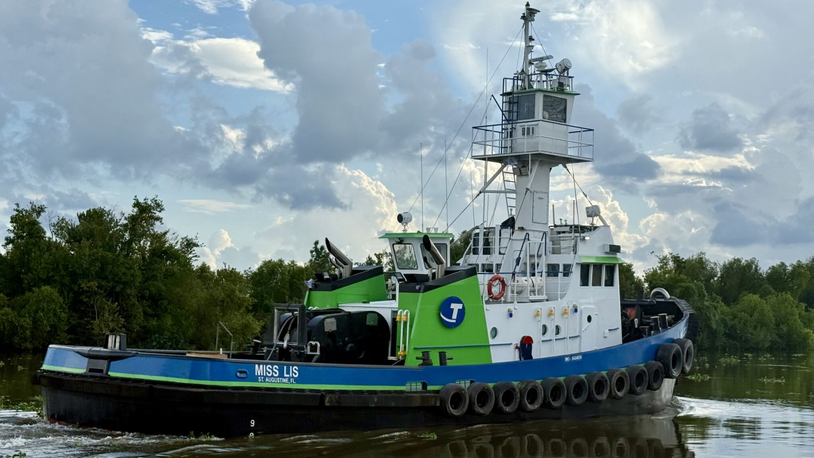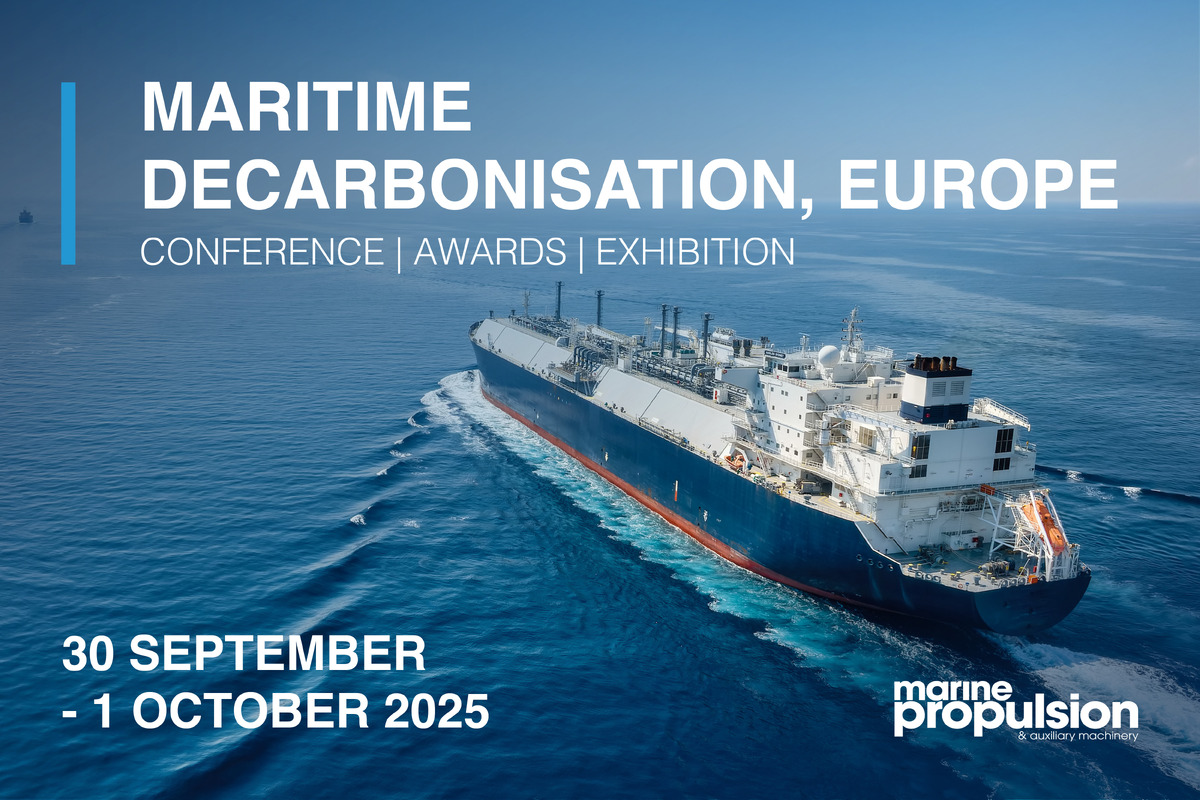Business Sectors
Events
Contents
Register to read more articles.
New Zealand calls foul
A fourth cruise ship has been refused entry into a port in New Zealand due to fouling on the hull, a trend that may spread worldwide
A fourth cruise ship, Cunard’s Queen Elizabeth, has been turned away from cruise destinations in New Zealand.
It appears New Zealand is taking a harder stance on its mandatory biofouling requirements contained within New Zealand’s Craft Risk Management Standard for biofouling, which has been available since May 2014.
As P&I club GARD noted in its loss prevention material, the new biofouling requirements became mandatory as of 15 May 2018 and from that date, vessel operators must demonstrate they have managed biofouling on their vessels well before arriving in New Zealand waters.
The regulation requires vessels to arrive with clean hulls - no biofouling apart from a slime layer.
In the recent case of Queen Elizabeth being refused entry into the main tourist areas of Fiordland and Dunedin, Cunard referred to the incident as “dirty hull syndrome.”
The rules on how vessel operators must demonstrate the cleaning of the hull has been adequately managed include cleaning the hull within 30 days prior to arrival in New Zealand; conducting continual hull maintenance using best practice principles, such as those detailed in the IMO Biofouling Guidelines; or conducting hull treatment using a New Zealand Ministry of Primary Industries’-approved provider within 24 hours of arriving in New Zealand.
In a November 2022 update, GARD details the regimes in Australia, New Zealand and California regarding biosecurity and measures against vessels with “dirty hull syndrome” and compared with the inspection of ballast water treatment systems, this is relatively low-hanging fruit for authorities and port state control to enact.
Does hull fouling form part of the future of BWMS? Find out more at the forthcoming Ballast Water Webinar Week (31 January 2023 - 02 February 2023). Register your interest here.
Related to this Story
Events
Maritime Decarbonisation, Europe: Conference, Awards & Exhibition 2025
Offshore Support Journal Conference, Americas 2025
LNG Shipping & Terminals Conference 2025
© 2024 Riviera Maritime Media Ltd.


